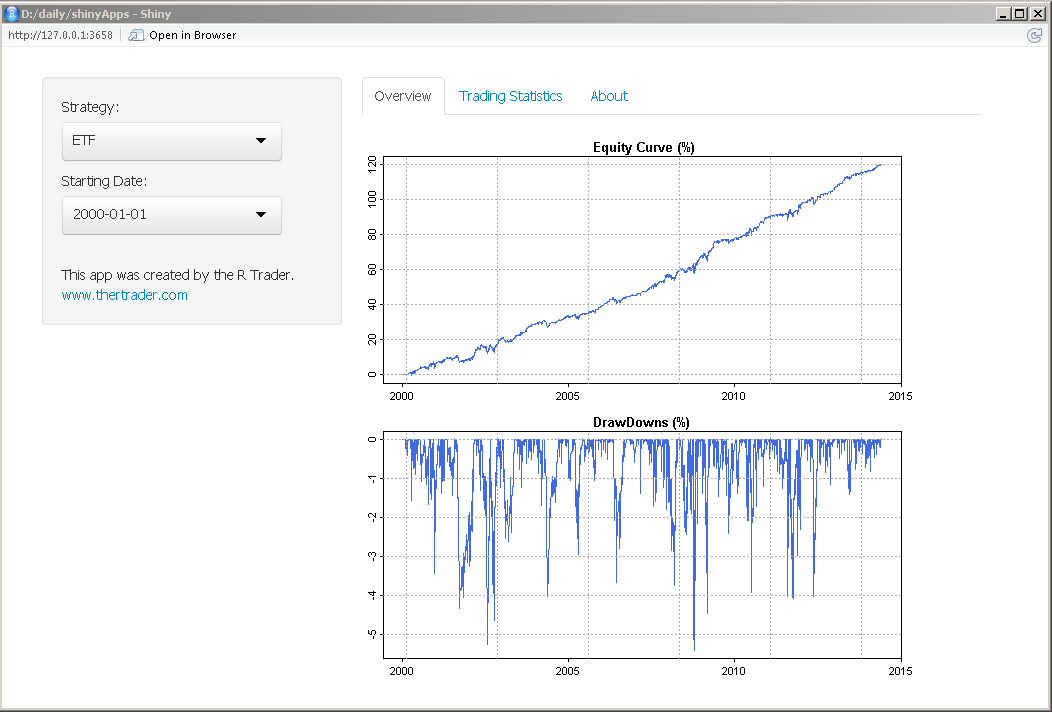Use the Daily Range Strategy to Improve Your Stock Trading
Post on: 10 Февраль, 2017 No Comment

One method I love when day trading stocks (and I use something similar in forex as well it can really be used in any market) is keeping track of the daily range of a stock (intra-day high minus low). This gives a lot of info. These figures can be calculated using EXCEL by simply tracking open, high, low and close prices. Manipulating this data in EXCEL can provide a wealth of other information which can help a trader pinpoint better entries, stops and profit targets. If you are a forex day trader, you can simply use the Forex Daily Stats page to get all sorts of daily stats on the forex pair of your choice.
Since we are watching daily averages, this information is commonly used for day trading strategies, and can be used on its own or more effectively with other indicators,methods or strategies. With this strategy I will generally watch volatile stocks to make a high or low in the first 15 mins of the day. Often a high or low made early in the day is very important, and the high or low made in that initial 15 minutes gives us a base line for the rest of the day. We then watch to see which level (either the high or low made in the first 15 minutes or so) is going to be a high or low for the rest of the day. We do this by watching for a lower high or higher low in the stock as trading progresses. The methods used to confirm this bottom or top are plentiful, but often simply watching a stock plummet in the first 15 minutes, then rebound, then fall again but not as far is it fell before and then bounce up again is confirmation that the low in the first 15 minutes could be the low for the day.
So now we now have assumption that a low (or high) is in place for the day. We are also armed with our statistics which tell us what the average daily range is. Once we have established that a low (or high) is likely in place, We can take positions with profit targets at a price which would be around the area of the daily average range (if indeed we did have the low in place already).
Here is a super simplified example. A ten dollar stock has a 10% daily range (to find stock with big daily ranges, see Increase Profits and Cut Your Day Trading Work Load with a High Volatility Stock Screen ) . Each day this is converted into dollars based on the opening price, so today the price range is expected to be $1.00 (10% of the open price) if the stock opens at $10. In the morning the stock drops to $9.75. Bounces up $10.20 then falls back to $9.90 and then moves higher again. We assume the low is now in place. We buy, and place an exit around the extreme of the average daily move. The average is move is $1 (10% of $10). We have already moved $0.25 (the open at $10 down to $9.75 which we assume is the low) so our target is around $10.75 (since our low is already in place we must assume all action will now be above the low and on the upside,) and then adjust it to fit other support/resistance or other profit targets. So, to sum up, in this case our profit target is our assumed low plus the daily average range; $9.75 + $1.00 in this case = $10.75
I also think the open is very important. For this reason, I will often use a move back through the open price as my entry. In the example above the stock made a low at $9.75, then bounced, and then fell back again to $9.90. Once the stock moves back up through the open price (in this case $10) I will enter a buy (or long) position. A stop can be placed below the low (whichever low you prefer, but likely the lowest low of the day) and then I set my profit target.
No strategy is perfect, this is not exception. But, even when it fails it provides information. We may not get to the profit target. To continue the example above, if we get to $10.50 and then start to retreat towards the low, there is a possibility the low could hold and we will have a below average volatility day. Or, we will break the low and continue to move towards the average daily; since the range is now $10.50 to $9.75 (which is $0.75) we know that the price could still move about $0.25 outside of that range. Either way, we have insight into the average movements of price.
Daily Range Strategy Final Word
This style of trading strategy should give some ideas about improving your own methods using simple statistics. This is not a strategy that should be employed as is; it needs to be fine-tuned by you before implementation.
Dont use Average True Range (ATR) to get your daily percentage moves; it includes price gaps. For day trading we only want the range between the open and close (in a % compared to the open). Also, an average as in how much a stock moves on average each day does not tell you what a stock will actually move. Some days the stock will move less, and some days it will move more than the average. The average is only a guideline for establishing areas where the price, on average, is likely to move to. Dont assume the price will go to that exact price; other methods are required to determining where to take profits.














